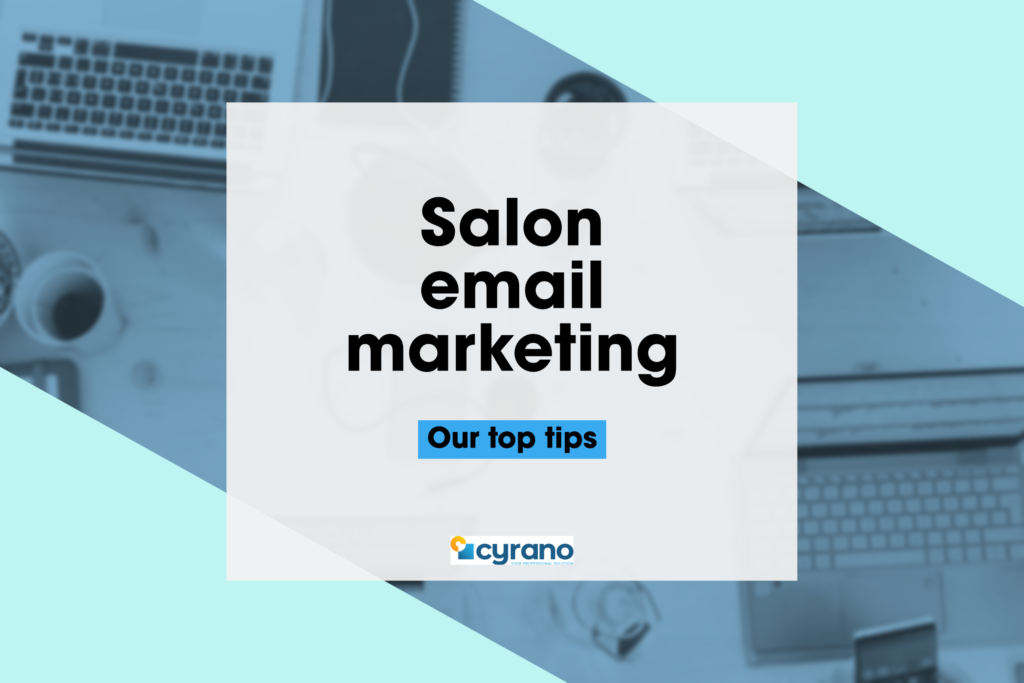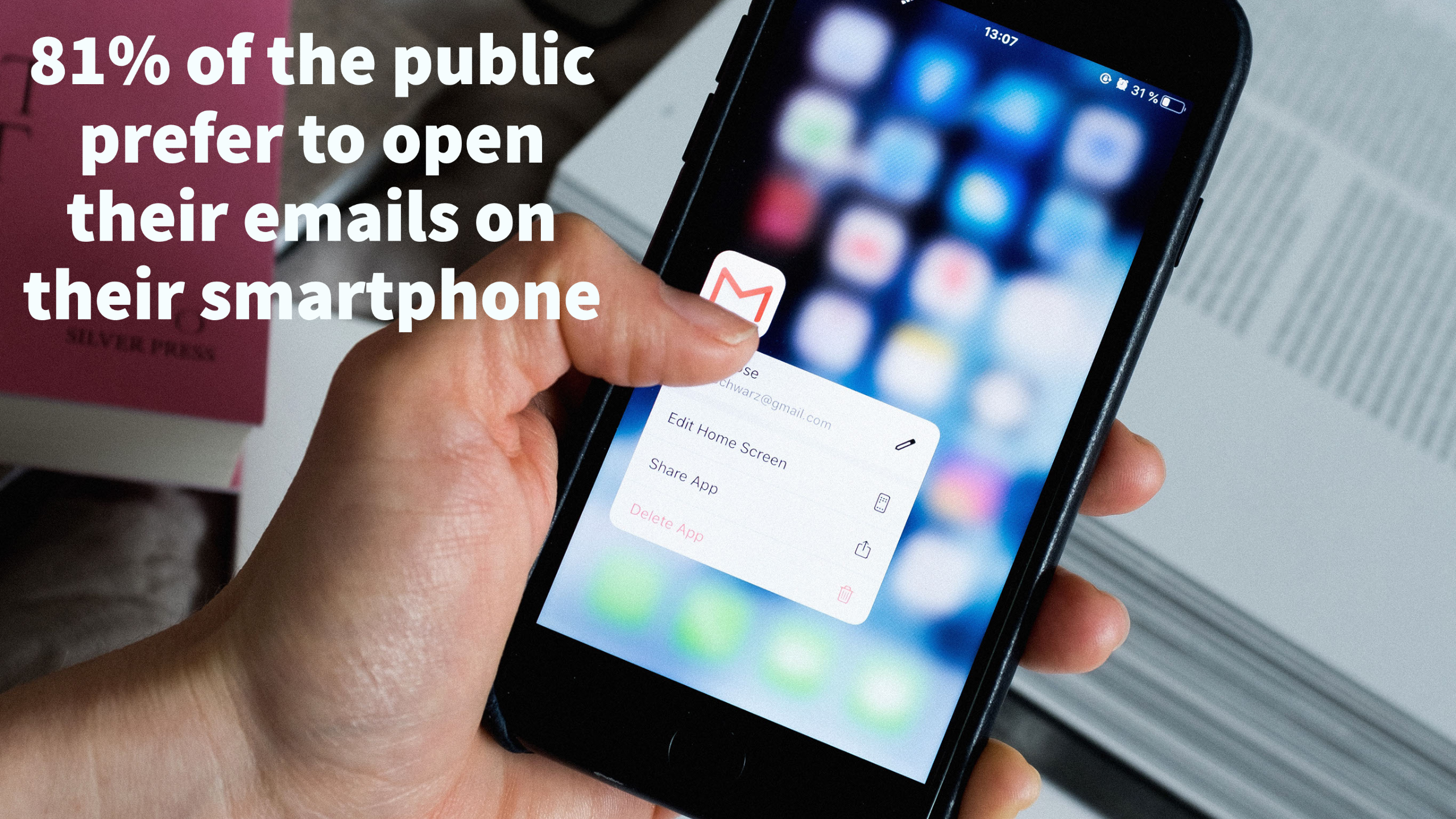No products in the basket.

Unlike social media, with salon email marketing you have clear control and understanding of your target. Return clients. It can cost 5-25 times more to attract new custom than it does to encourage a current customer to revisit. With this in mind, email marketing allows you to target that key audience and communicate exclusive offers, promotions and news to increase their return rate and frequency. Additionally, by embracing email marketing, you can segment (split your audience into groups) further. This ensures targeted, relevant messages that will better resonate with each customer. These smaller audiences can be broken down into anything relevant to your business: what services they purchase, what time of day they visit, age, gender, how regularly they visit, if they purchase additional upsell products… the possibilities for niche, targeted content is endless! In fact, studies show marketers using segmented audiences have noted as much as a 760% increase in revenue!
Although social media is the most popular reason why clients now use their smart phones, and has become the fastest-growing marketing channel, this doesn’t give salons the same, targeted, tactical ability to communicate with exclusive return customers with the same success. In fact, a study has shown 50.7% of customers admit their buying decisions are influenced by email marketing.
With increased reliance on smartphones for distraction, education and inspiration to purchase, the more visible you are and the more you target clients where they are digitally, the more likely you are to be at the forefront of their mind when they are in need of your services.
There is no “one size fits all” approach to content. Your communication is totally dependent on what services you provide, your clients, and the segments you place them in. It’s important to address any questions clients may have about your services. The more justifications you provide for why customers should purchase or visit, the less objections they will have:
New product? Show before and after photos of it in use. New service? Treat a regular to a trial in exchange for a photo and review to share online. Exciting research released about something you stock? Share the results! The more you share, and the more you educate, the more you inform your clients of all the services you provide. Plus, the more you can empower clients to make informed purchasing decisions.

Subject lines should be short, concise and clear. These should illustrate simply what you are sharing with your customer groups. When writing, always think, “why should this matter to them?”. Stepping into your clients’ shoes and asking yourself “so what?” to your subject lines will improve your communication.
Imagery will always be a key way to draw the eye. As attention spans dwindle in a post-pandemic world, maintaining interest is vital for ensuring clients remain focussed on the content you are sharing with them.
These should be easily seen, clear to understand and state what you want the reader to do. “Book now!”, “Shop now”, “Add to basket”, “Get in touch” all set out the desired action. This makes it more likely to provide a higher conversion rate when emails are targeted to the correct audience.
A key issue that salon email marketing faces, is they have no clear audience in mind. A “send to all” approach is the quickest and simplest way to get in touch with clients. However, it’s the least successful method for conversion. By sharing information about a particular service to those who aren’t interested, you devalue future content that could be relevant.
The best way to increase your open rates is to segment your audience. Target these groups with relevant information, promotions and offers that will interest them. Start with a short, sharp subject line. Follow up with aesthetic and relevant imagery or social proof, e.g. reviews and client imagery. Finally, provide clear call-to-action buttons that direct clients exactly to what you’re asking of them.
The best way to track emails is to use an online service such as Mailchimp. These provide built-in trackers. This provides you with information on open rate, click rate, successful deliveries etc. This also allows you to segment your audience easily and provides users with templates for a quick and easy design.
Alternatively, for those using Outlook, there are multiple apps and plug-ins that you can add for an affordable price. These will allow you to track data too. Three free tools that may be of use are: SalesHandy, Boomerang, and MailTrack.

The simplest way to have all data, emails and mailing lists in the same place would be to use an email provider such as Mailchimp. This platform charges per X number of subscribers, meaning that for smaller audiences, this can be an affordable way of harnessing a creative email layout. This also allows salons to use and create their own templates for consistent branding and an easy layout to start all emails with.
As platforms like Mailchimp will track all data for you and provide it in a clear, consumable format, and also allow for easy segmenting and email design, this is something I would recommend to be a worthy marketing investment for all salons.
You may see a theme here, but again, frequency of salon email marketing, and the specific dates are times are totally dependent on your audience and understanding what works for them. This can be worked out using trial and error, and following the data from previously sent emails, to dictate decisions you make in the future, or simply by building a rapport with customers when in-salon, and understanding their habits. That being said, studies have shown that globally, Fridays see the highest email open rates (19%), compared to the lowest open rates on Saturdays (17%), and that 58% of email users check their inbox first thing in the morning.
What can be insightful is using email platforms’ insights; in our experience with Mailchimp, they will always suggest a time that, according to their data from their millions of subscribers, will be a popular time for clients to open emails. However, always take this with a pinch of salt, and consider if the times they suggest are relevant to your business and opening times – can clients act on your marketing straightaway? If not, are they at risk of forgetting your message?
Ultimately you are looking for times when clients are not only perceptive to your marketing, but also have the capability to act on what you are promoting to them. Naturally, there are specific times which may be more prudent to target, such as pay day, or if you have a limited time offer which is soon ending, however, the key thing to take out of this article is simply the importance of understanding your clients, and catering to their needs.
© Cyrano Ltd | Terms and Conditions apply | Privacy Policy | Website by Stark Projects